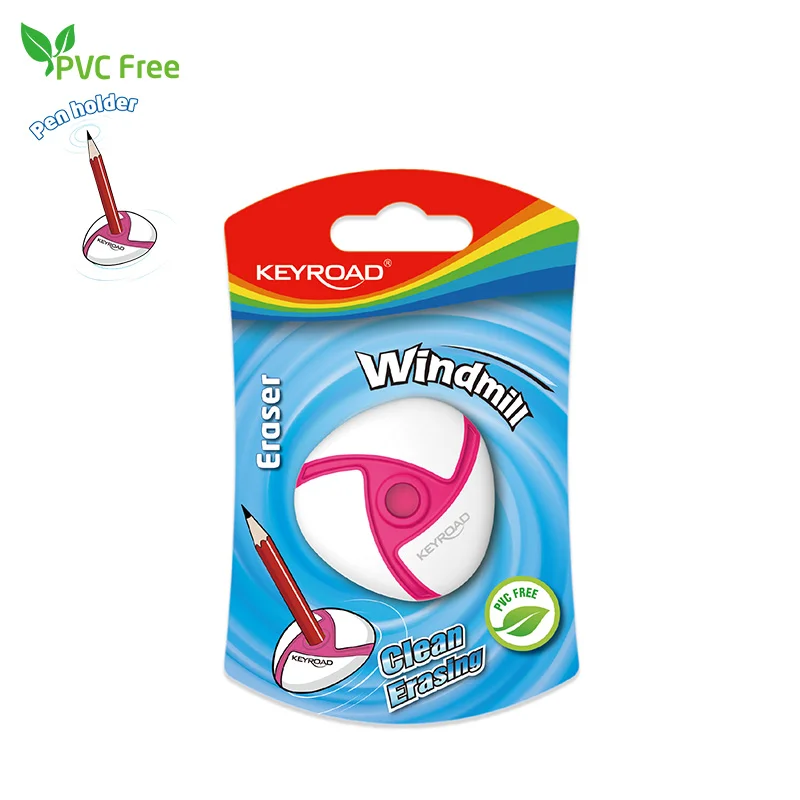Skincare routines are integral to maintaining healthy, radiant skin, but the frequency with which one should engage in skincare practices often remains a topic of confusion. Determining the optimal frequency for various skincare activities depends on several factors, including skin type, specific concerns, and product formulations. This comprehensive guide explores how often different skincare steps should be performed, providing a tailored approach to achieving and maintaining optimal skin health.
- Cleansing: The Cornerstone of Daily Skincare
Cleansing is the foundational step in any skincare routine, essential for removing dirt, oil, and impurities that accumulate throughout the day. The recommended frequency for cleansing is:
- Morning and Evening: For most skin types, it is advisable to cleanse the skin twice daily—once in the morning and once in the evening. Morning cleansing helps remove any overnight build-up and prepares the skin for daytime products, while evening cleansing eliminates pollutants, makeup, and excess sebum accumulated throughout the day.
- Excessive Cleansing: While twice daily is generally recommended, individuals with very dry or sensitive skin may find that cleansing once a day is sufficient. Over-cleansing can strip the skin of its natural oils, leading to irritation and imbalance.
- Exfoliation: Revitalizing the Skin Surface
Exfoliation removes dead skin cells and promotes cell turnover, contributing to a smoother, more radiant complexion. However, the frequency of exfoliation depends on the type of exfoliant used and individual skin tolerance:
- Chemical Exfoliants: Products containing alpha hydroxy acids (AHAs) or beta hydroxy acids (BHAs) are typically used 2-3 times a week. These acids help dissolve dead skin cells and improve skin texture without the physical abrasion of scrubs.
- Physical Exfoliants: Scrubs or brushes that physically slough off dead skin should generally be used less frequently—about once a week or every other week—to avoid over-exfoliation and potential skin damage.
- Skin Sensitivity: Individuals with sensitive or acne-prone skin should approach exfoliation with caution, potentially limiting use to once a week and opting for gentle exfoliating products.
- Moisturizing: Daily Hydration for Optimal Skin Health
Moisturization is crucial for maintaining the skin’s hydration and barrier function. The frequency of moisturizing typically follows:
- Morning and Evening: Applying moisturizer twice daily—once in the morning and once before bedtime—is recommended for most skin types. Morning application helps protect the skin throughout the day, while evening application supports skin repair and hydration overnight.
- Skin Type Considerations: Those with very oily skin may prefer lighter, oil-free moisturizers, while individuals with dry or mature skin may benefit from richer, more emollient formulations. Adjusting the type of moisturizer used based on skin type can enhance effectiveness and comfort.
- Sunscreen: Essential Daily Protection
Sunscreen is a vital component of any skincare routine, providing protection against harmful UV radiation that can cause premature aging and skin cancer:
- Daily Application: Sunscreen should be applied every morning, regardless of whether one plans to spend time outdoors. It is important to use a broad-spectrum sunscreen with an SPF of at least 30, even on cloudy days, to ensure adequate protection.
- Reapplication: For prolonged sun exposure, such as during outdoor activities, reapplication every 2 hours is recommended. Water-resistant formulations should be used for activities involving water or heavy sweating.
- Treatment Products: Tailored Frequency Based on Needs
Treatment products, including serums and spot treatments, target specific skin concerns such as acne, hyperpigmentation, or signs of aging:
- Serums: Depending on the active ingredients, serums can be used daily or as directed. For instance, vitamin C serums are typically used in the morning, while retinol serums may be used at night and initially 2-3 times a week, gradually increasing frequency as tolerated.
- Spot Treatments: Treatments for specific concerns, such as acne, should be applied as needed. Overuse of potent spot treatments can lead to irritation, so following product instructions and applying only to affected areas is key.
- Face Masks: Enhancing Skincare with Occasional Treatments
Face masks provide targeted treatments for various skin issues and can offer additional benefits:
- Frequency: The frequency of mask use depends on the type and purpose of the mask. Clay masks for deep cleansing can be used 1-2 times a week, while hydrating or soothing masks can be used more frequently, even up to 2-3 times a week, depending on skin needs.
- Customizing Use: Combining different types of masks, such as using a clay mask for oil control and a hydrating mask for moisture, can address multiple skin concerns effectively. Conclusion
Determining how often to engage in different skincare practices involves understanding the unique needs of your skin and the specific functions of each product. Cleansing twice daily, exfoliating 1-3 times a week, moisturizing morning and evening, and applying sunscreen daily are generally recommended practices for maintaining healthy skin. Tailoring the frequency of treatment products and masks based on individual skin concerns and product instructions further enhances the effectiveness of your skincare routine. By adhering to these guidelines and adjusting based on personal skin responses, you can achieve and maintain optimal skin health and appearance.


